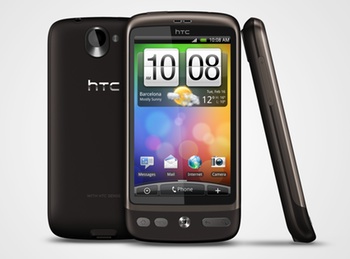I’m reviewing the HTC Desire smartphone as part of the Telstra HTC Desire Social Review program.
Telstra has given 25 people, including me, a free HTC Desire handset as well as a bunch of credit on their Next G mobile network to provide “a mix of opinions and perspectives” on this so-called “superphone”.
Before we received our phones, we were asked to explain our expectations of the Desire. “We will be interested to compare this to your thoughts after the review,” said Telstra.
Here’s what I said:
HTC Desire is a “superphone”, eh? It should therefore integrate quickly and reliably into my workflows, and have the grunt to last a long working day. I reckon it could replace my laptop for staying in touch, coordinating my business and gathering media when I’m away from my desk. Android‘s meant to be “open”, so it should let me do things the way I want. I should beat my current Nokia N96 in every way.
Us reviewers will be using the hashtag #telstradesire so you can find our tweets, and Telstra will lead our discussions through a series of posts at Ben Bevins’ blog starting on Wednesday.
I’ve only just started to use the Desire. But here’s my initial impressions, along with a bit more information about what I hope to be able to do.


